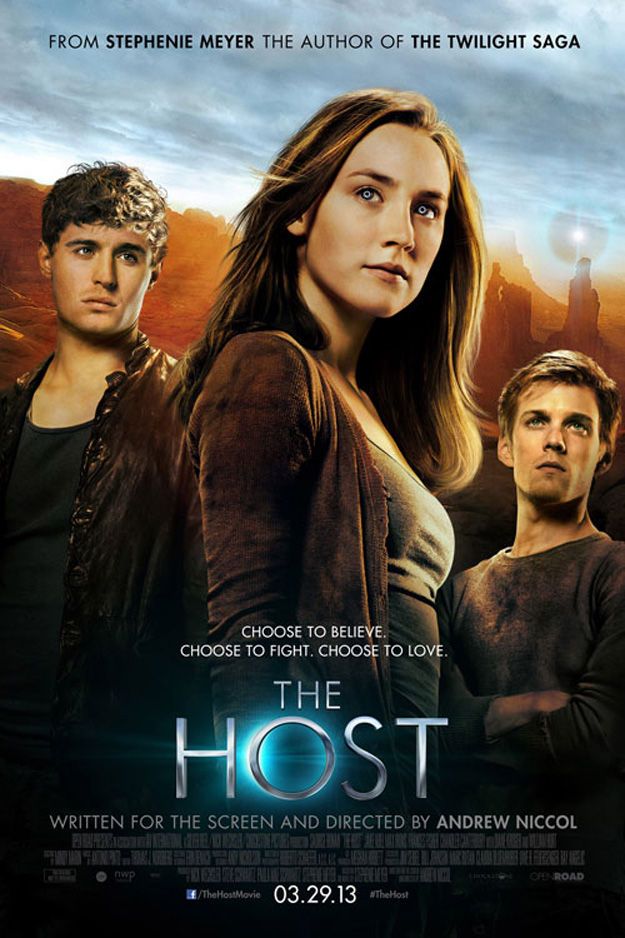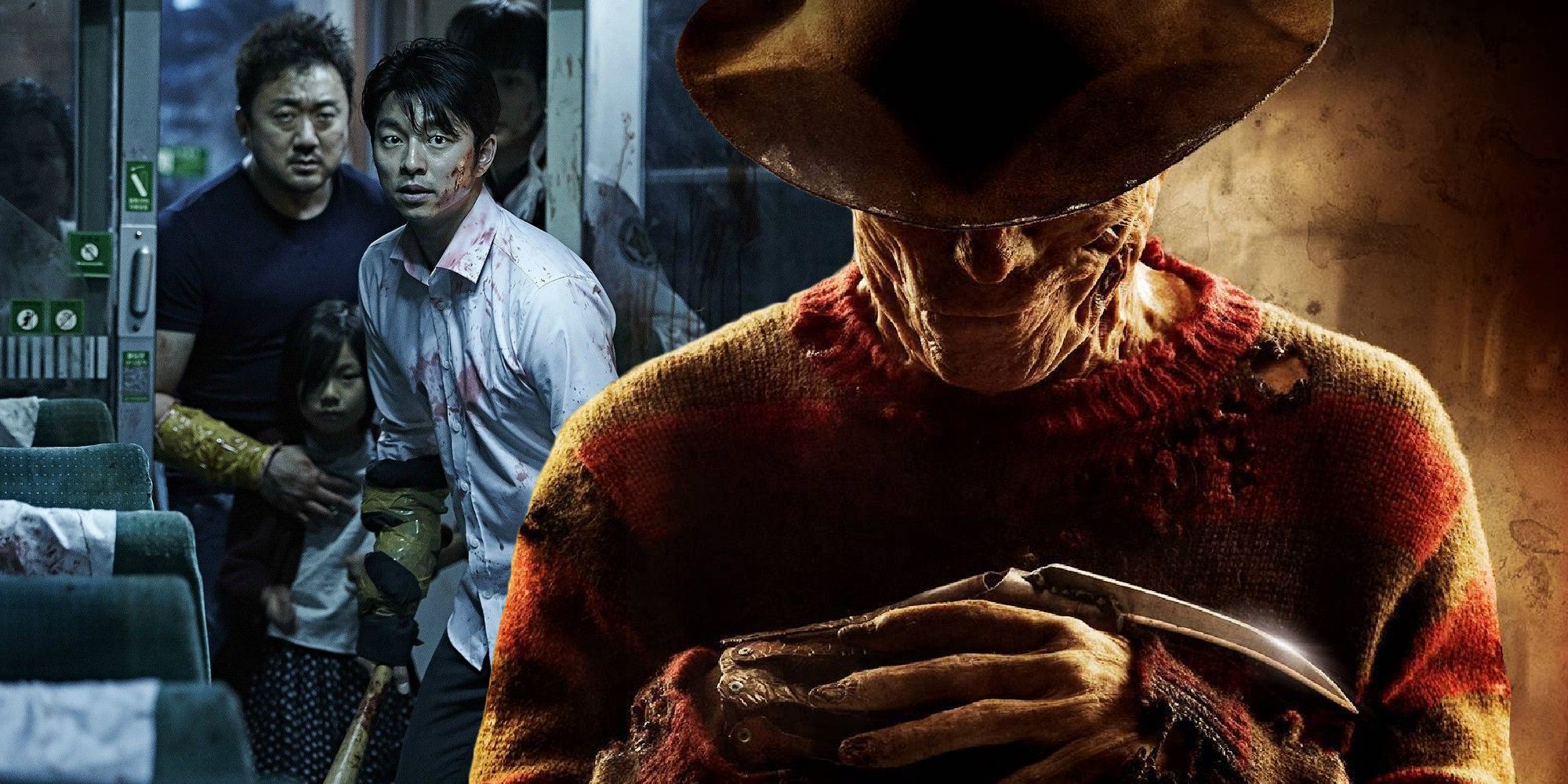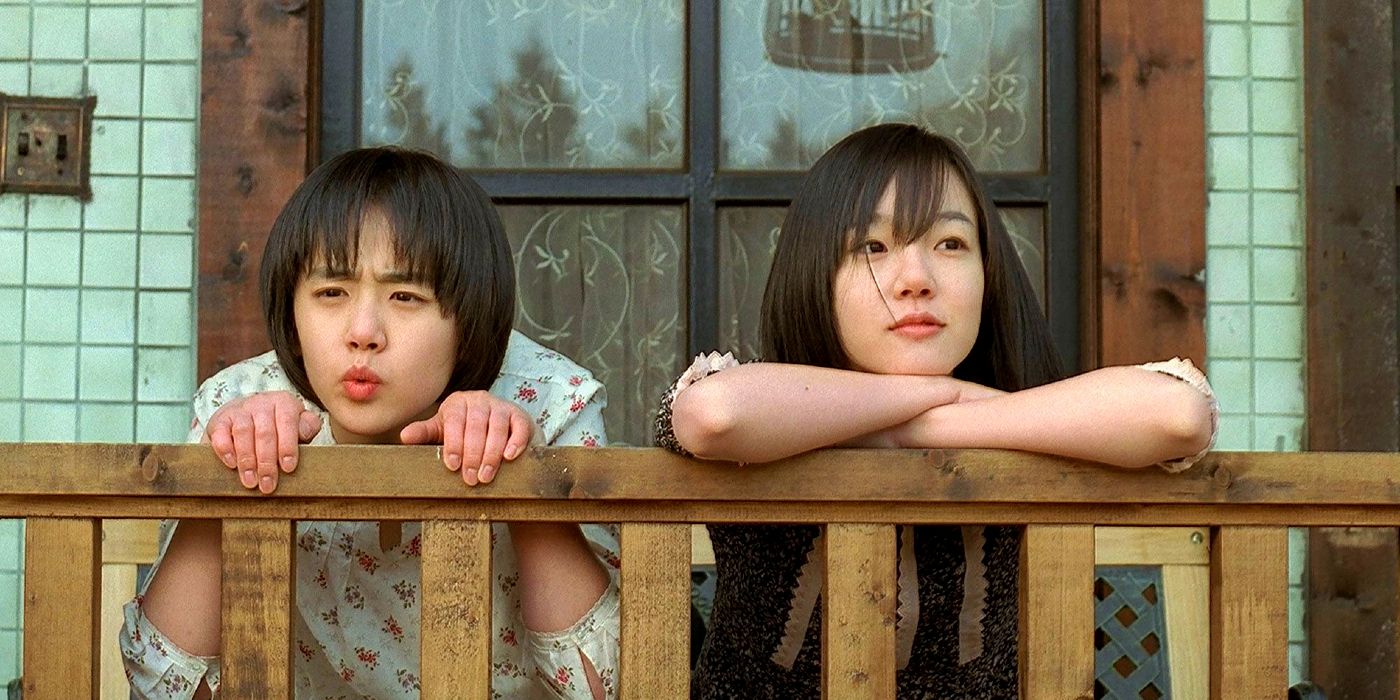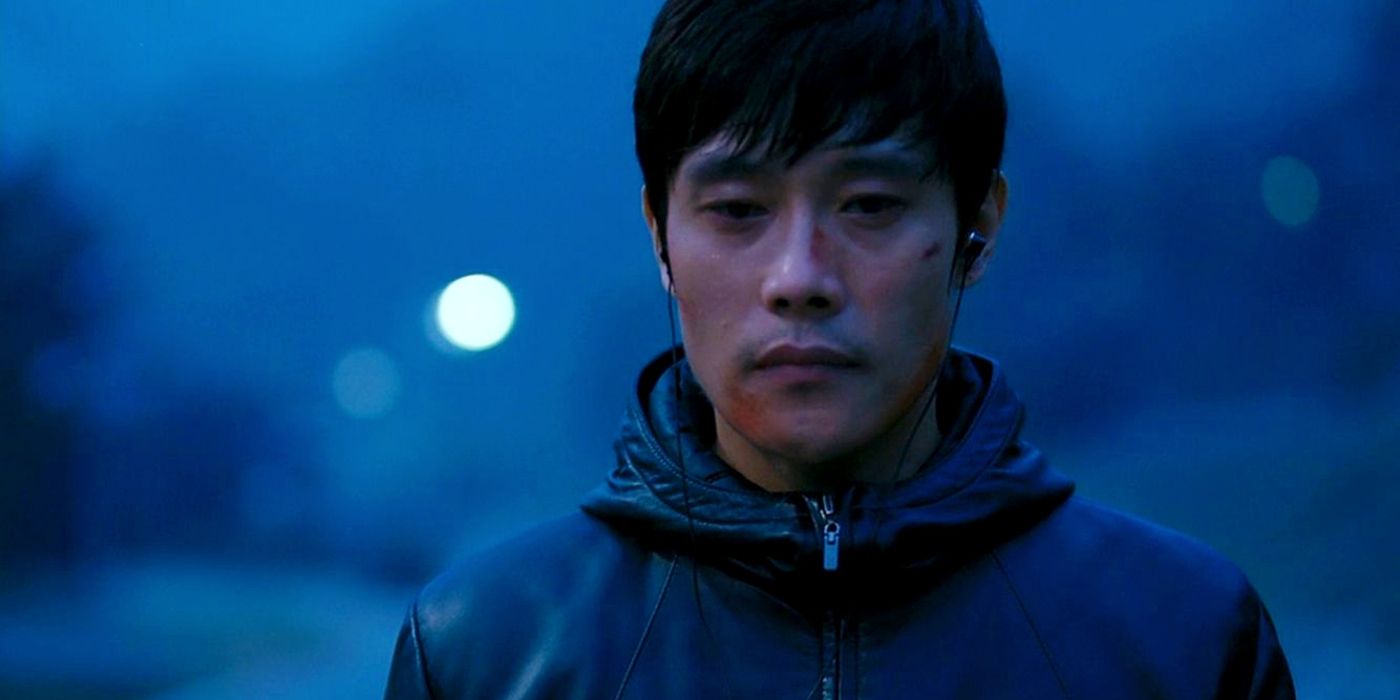The Host
Korean horror movieshave received far-flung plaudit with American audience in recent history , part because they managed to provide not only a different tale than popular U.S. releases , but also apply strategy that feel fresher in compare . The horror musical genre has thrived in many country and cultures , each provide their own take on fear and honing in on the menace of their single societal , political , and economic climate to produce well - polish and relatable panic .
WhileKorean horror movieshave been notably acclaim by critic for the past duet of decades , mainstream American consultation seem to have only recently begun essay out the country ’s movies en masse , following the wide achiever of Bong Joon - ho’sParasite . Though film caramel brown , specifically horror devotee , have had South Korea on their radar for quite some prison term , many viewers are just now have the nuanced complexness with which the nation handles its horror elements .
Related : Why Gory Horror Movies Are n’t As Controversial Today

Directors such as Park Chan - wook , Bong Joon - ho , and Kim Jee - woon create cinematically stunning portraits of pain that dwell as much on emotion as they do horror . devote their interview more credit than American repulsion directors seem to , the auteurs ofSouth Korean horrordo not palpate the want to over - explain or over - show , and often steer clear of unneeded leap scare and excessive gore . The nidus on subtle and naturalistic horror — even when the premise is n’t as naturalistic — is also of paramount import in Korean repulsion offerings . It poses a crude difference and fulfill a " less is more " attitude that American horror movies ca n’t seem to grok , despite the alternate overture not being as effective as it used to be .
Why Korean Horror Movies Aren’t As Bloody & Gory
South Korean repugnance movies plunge deeply into the human psyche , examining specific fib and developing character with a density that derives from focusing on a small set of protagonists . Opting to hone in on them as opposed to broadening the dramatis personae so as to up the body count , Korean repulsion does not overload audiences with death just for the sake of it . There is intent and careful purpose behind scenes of violence . Audiences are often usher the band - up and results more than the violence itself . For example , in Na Hong - jin’sThe Wailing , dismay murders are committed and — while there are scenes of bloodshed — it ’s unremarkably in the consequence . The force is part of the probe and , in good turn , a part of the game ; the shot move the story forward or else of play like a seismic disturbance make time - makeweight .
Rarely showing furiousness for the interest of violence , torturous scenes exists entirely to illustrate risk or further the movie ’s game ; it ’s not costless or excessive . While there are no shortage of dark , horrific moments , Korean horror evokes emotion rather than disgust , prefer to build horror around established humans instead of introduce humans into a space of install repugnance . Korean horror does not introduce the same variety of disposable character reference often check inAmerican slasher movies , and there ’s often an affixation felt up to all characters introduced , such as in Yeon Sang - ho ’s core sprain zombie motion picture , Train to Busan . In South Korean horror , there ’s a strong emotional payoff for viewers who hunger some profundity with their furiousness and prefer narratives that take the air a fragile line between sadness and panic .
American Horror Movies Put Violence At The Forefront
In blockbuster American horror movies , fierceness is used in redundant , specifically violence against women , in moments where it seems gender is a determine cistron to the extent of pain sensation and torture shown . Many American revulsion movies depict gruesome , over- the - top violence without search the pathology behind it . Birthed from two - dimensional screen background , American horror baddie tend to have a traumatic origin story showcasing illness , misuse , or rancour of society ; this demonstrate reason more than a true motif . Some American horror movies have even been labeled " torture porn " — Eli Roth ’s 2005 picture show , Hostel , was the first to earn the negative title , strike by film critic David Edelstein . These flick set furiousness up as their narrative and position human victims around it . Classic repugnance movie likeFriday the thirteenth , TheTexas Chainsaw Massacre , and , more recently , theSawfranchise , invest disposable humans into the path of horror , set up ferocity and stick in people into it . Korean repugnance does the opposite by shew very real protagonists , then upping the stake of ferocity when it eventually occur later on .
touch on : Train To Busan Movies : Virus & Infection Timeline Explained
In many American horror tale , violence is coming — it ’s a guarantee , and that ’s why audiences are watching . Korean horror moviegoers fear the violence because it will interrupt what they have already become seize to . Within the first five minute of Kim Jee - woon’sI take care The Devil , empathy is constitute ; by the clip a fibre is in danger , audiences are already rooting for her selection . This is a feeling typically allow for only one lineament in the classic American horror picture show . Many American horror movies expend the"final girl " tropeto dictate who will hold up and who the consultation should root for ; the violence and torture that befalls those around this eccentric are necessary collateral for her selection . American repugnance theatrical role tropes set up specific , disposable archetypes that audiences are used to seeing die first , so much so that they become asleep to the violence .

Korean Horror Movies Focus On A More Subtle & Real Horror
In many South Korean horror movie in picky , there are underlying shade of sadness , catastrophe , rue , and despair . Even in the most violent of narration , human emotion seems to prevail , and though audiences may squirm , for example , at the brutal attacks Kim Soo - hyun and Jang Kyung - chul throw at one another inI Saw The Devil , it is still the sadness of the story that seep through in the ending . Though entirely crimson in their own mode , moving picture likeI see The Deviland Bong Joon - ho’sThe Hostput an emphasis on gist and human relationships , a sentiment that is then interrupted by a destructive , inhuman presence .
In South Korean celluloid , the repulsion itself stems from humanity . Its tooth root are consider and examined throughout the narrative and , even in a creature lineament such asThe Host , it ’s made clean from the beginning that befoulment and human corruption are to charge for the fiend ’s acclivity and its spectacular demise . Even in the moving picture ’s surprisingly funny mo , Bong Joon - hojumps from music genre to genre seamlessly , portray a more realistic tonicity and establish a sense of humanness even within the most inhumane of situations . With violence and repugnance comes an emotional waking up or hold fast within family . After establish emotional profoundness , a film can go from horror to dramatic play , call forth a true common sense of regret when a persona is lost or harmed . fourth dimension and metre again , Korean horror moviesprove themselves as their own alone and compelling bomber - genre that puts world before gore , concentre on reactions to immorality as oppose to the evil itself .
More : Parasite ’s Disturbing Ending Is Bleaker Than Most Horror Films




